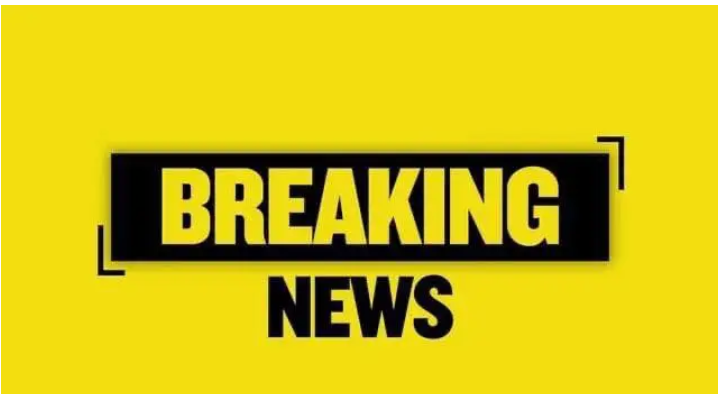Liverpool’s growing crisis has reached a boiling point, with frustration among supporters intensifying after a string of disappointing Premier League results. The team’s recent performances have been far from convincing, leaving fans questioning both on-field leadership and the direction of the club under the current manager.
Liverpool’s last seven league matches paint a worrying picture. Costly defeats and inconsistent showings have exposed deep issues within the squad. Matches against Crystal Palace, Chelsea, Manchester United, and Aston Villa—games where Liverpool once dominated—have instead showcased a side lacking confidence, structure, and winning mentality. Even fixtures that should have been straightforward, such as clashes with Brentford and Nottingham Forest, slipped away with little resistance.
As these results accumulated, Liverpool’s position on the league table slipped, drawing criticism not only from supporters but also from pundits who openly expressed disbelief at the team’s decline. Opposition analysts and commentators, often amused or bewildered, now discuss Liverpool’s struggles more than its successes.
The growing anger has placed intense pressure on the manager, who stands at the center of the storm. Supporters argue that the current approach has failed to inspire the squad or produce the consistency required to challenge at the top level. Defensive errors, disjointed tactics, and a lack of clear identity have fueled the belief that leadership from the dugout is falling short.
Fans are now demanding decisive action. Many believe that keeping the current manager would only deepen the crisis, while others insist that the only path forward involves making a bold change before the season collapses entirely. What once felt unthinkable is now a widespread conversation: the possibility of a managerial dismissal.
The atmosphere around Anfield is tense, emotional, and filled with urgency. Liverpool, a club known for its resilience and winning spirit, suddenly finds itself at a crossroads. Whether the board responds to the calls for change or chooses to stay the course, one thing is clear—supporters expect immediate solutions, and the tolerance for failure has reached its limit.






